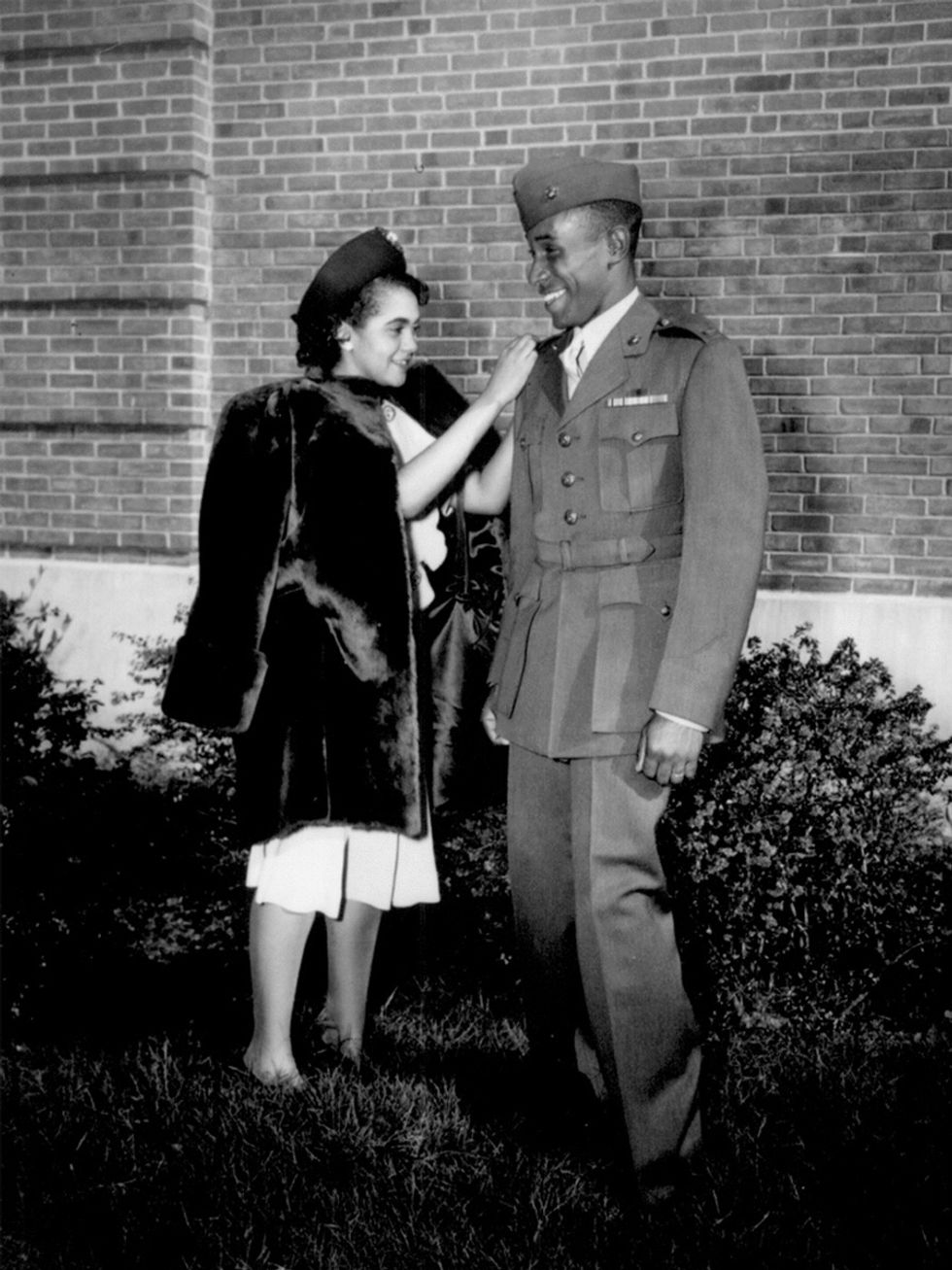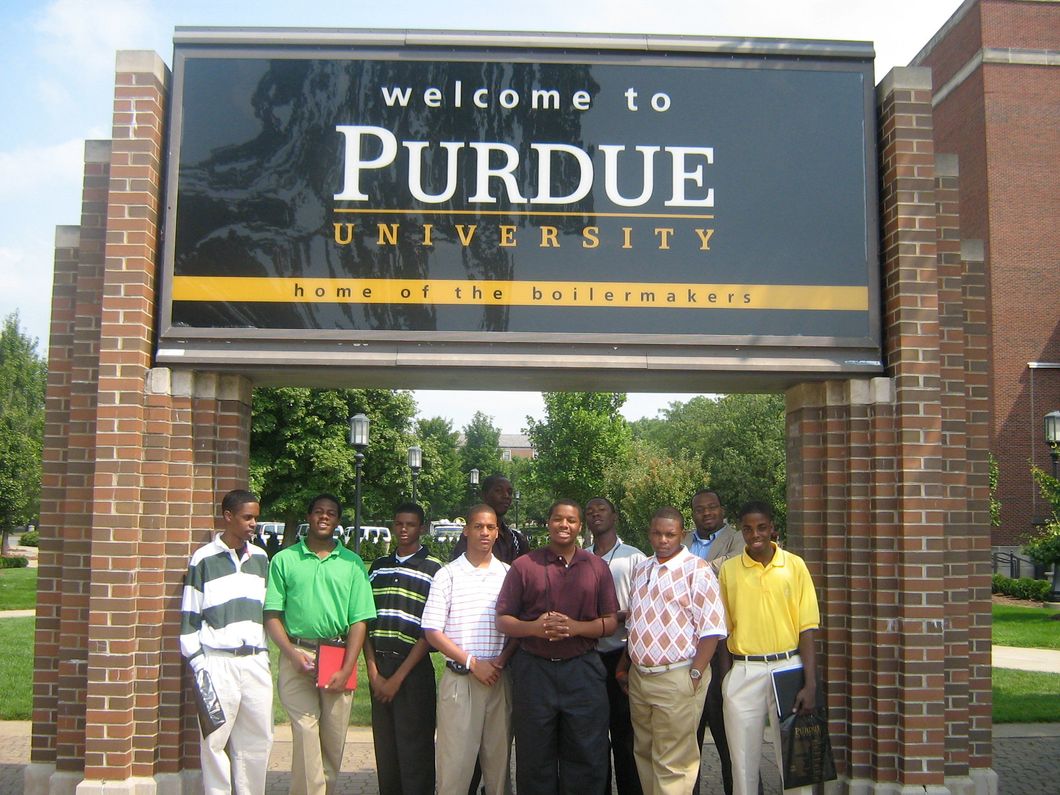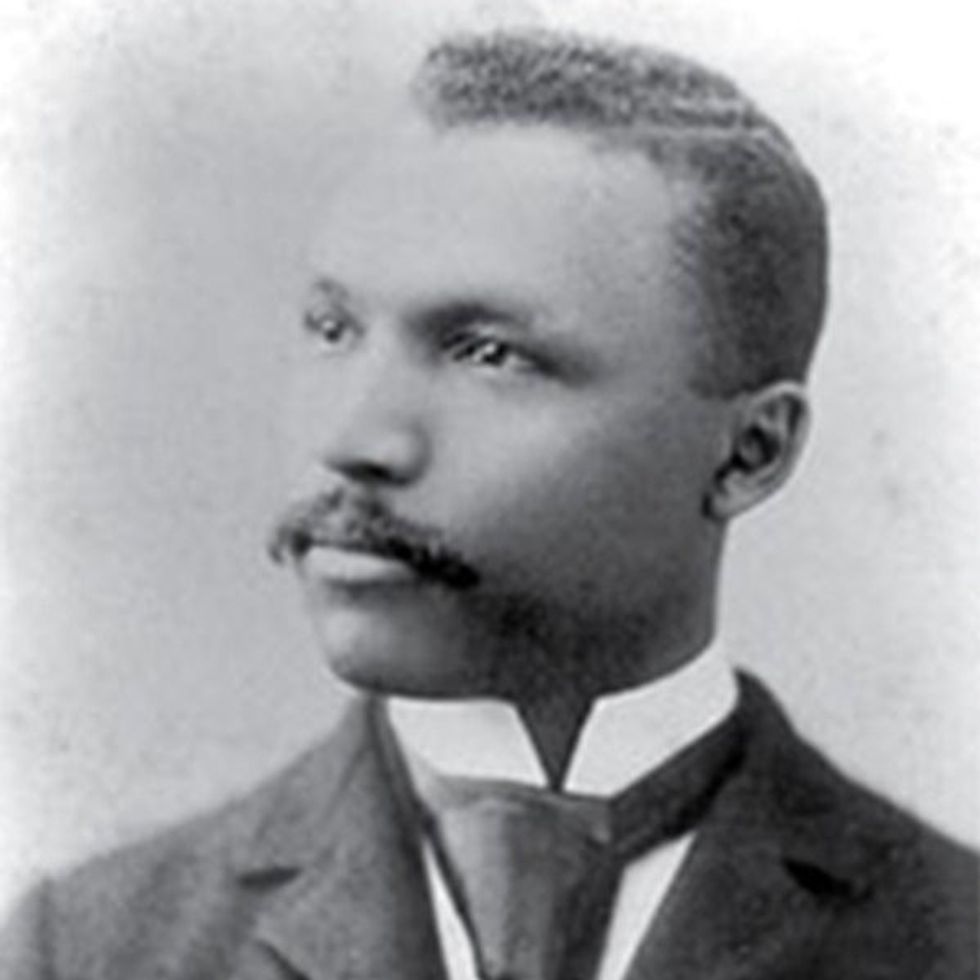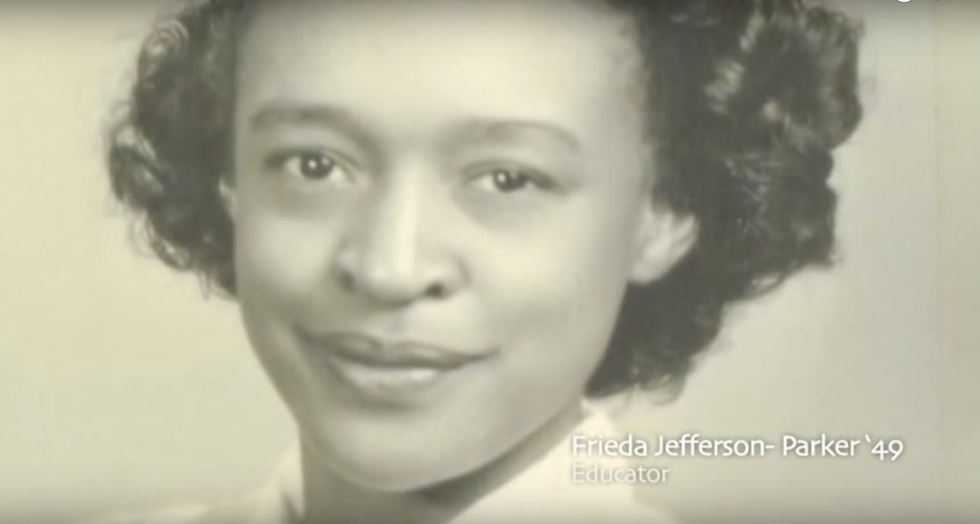In 1942, Purdue University's total campus population was 6,687 students. Among those, only 12 students were Black. Since this upcoming Monday is Martin Luther King, Jr. Day, it almost perfectly fitting for this article to center around the history of Black students at Purdue University.
This part of the university's past was so important that a documentary came out in November of 2009 called Black Purdue. It cites many instances of racial segregation at Purdue, while also emphasizing breakthroughs that were made in order to ensure equal rights for Black students. I will highlight some of the points in the film to give you a glimpse into this university's contrasting past.
In 1894, David Robert Lewis was the first ever Black student to graduate from Purdue University. He achieved a BS degree in Civil Engineering and became an educator and businessman in the future.
After the attack on Pearl Harbor, the war department created the V-12 Navy Training program on 131 U.S. college campuses. Many Black students who entered the military program were restricted to low-ranking positions, but that didn't stop Purdue student Fredrick Branch to become the first African American marine corps officer.

Many of the Black students in the military program were guaranteed to be housed in the campus's military barracks. However, outside of the program, Black students weren't allowed to live in campus dormitory housing. Instead, the university placed their Black male students in international housing.
For Black female students, it was a little more difficult. They weren't allowed to live anywhere near campus, so many of them found housing far into the town of West Lafayette. Frieda Jefferson (Class of '49) was one of many who was denied housing on Purdue's West Lafayette campus. Her father, Fred Parker took all the necessary steps to contact the Indiana governor, Ralph Gates, who pressured Purdue to accept their housing request. It wasn't until the Spring semester of 1947 that Black female students were allowed to the dorm on campus.
Reverend Dr. Nicolas Hood, a Purdue alumnus, was interviewed in the film for his perspective on being a Black student at Purdue in the 1940's: "Being Black at Purdue, we were just on the edge of everything...The atmosphere was completely different then."
Since David Robert Lewis, Purdue University has been continuously progressing cultural division. These aforementioned individuals have helped influence Purdue into creating a more inclusive environment. Through the establishment of the Black Cultural Center and the Black Student Union, we are able to see that change is possible and we should continue to support the progression of racial diversity among this university.








 The minimum wage is not a living wage.
StableDiffusion
The minimum wage is not a living wage.
StableDiffusion
 influential nations
StableDiffusion
influential nations
StableDiffusion












